Well NAMUR NE 43 is in trend to be mentioned with 4-20 mA output.
It is said it increases diagnostic features ?
But what can you do more in 4-20 mA ?
NAMUR NE 43
Well as per API 551 recommendation following things can be distinguished when signal levels are properly defined :-
- When the process variable has increased beyond transmitter calibrated range and transmitter has gone into saturation
- When the transmitter is faulty and it is not the process variable range that is driving transmitter to saturation
- When the transmitter wire is short circuited
- When the Transmitter wire is open
How this happens !
1. Transmitter Failure Identification :-
On failure of transmitter , The Transmitter is configured to output LOW or HIGH
This LOW Range can be between 3.6 to 3.8 mA
This HIGH Range can be between 20.5 to 22 mA
NOTE:-This between means we select a value as per our requirement .
E:G :- Factory setting for E+H Transmitter is 22mA
2. Process Variable has gone under-Range or Over Range :-
Under-Range :-
Between 3.8 to 4 mA would state that process variable has gone below the calibrated range but THE TRANSMITTER IS NOT FAULTY
Over-Range:-
Between 20 to 20.5 mA would state that process variable has gone above the calibrated range but THE TRANSMITTER IS NOT FAULTY
The below table from API 551 makes it clear
NOW Physical Problems :-
Suppose the Transmitter is working fine
Also the process variable is between the calibrated range .
BUT some physical limitation occurs .
3. Short Circuited wire :-
Suppose the Transmitter is working fine
Also the process variable is between the calibrated range .
BUT the wire is short circuited so a high amount of Current will flow through the circuit .
This high amount of current is defined as Greater than 22 mA (As mentioned in API 551 you could change as per your preference)
Note :- this definition differs from project to project after what predetermined value do you want it to detect a short circuit.
4. Open Wire :-
What if the wire comes out , gets cut etc..
This is also on of the driving factors we have 4 mA as starting and not 0 mA .Live Zero Concept .
Open field is defined as 0 to 3.6 . ( this is if wire is partially cut or completely cut )
Thanks for reading !!
PS : As always, This is as per best of my understanding !
Author : Asad Shaikh
Profile : Linkedin
Articles You May Like :
3-15 psi to 4-20 mA Conversion
Live Zero in 4-20 mA Current Loop
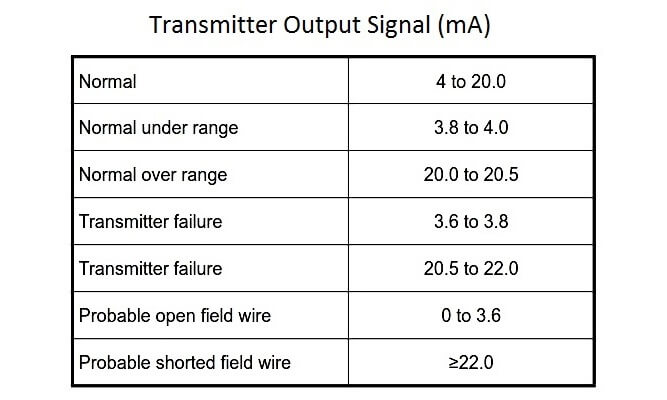

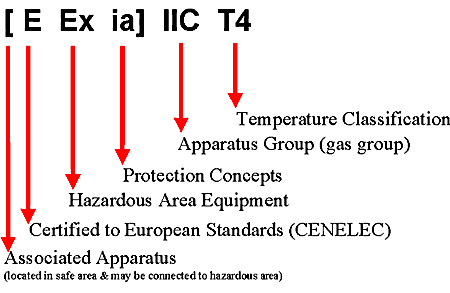
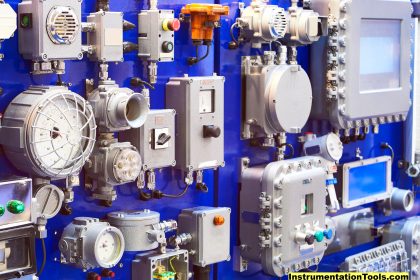



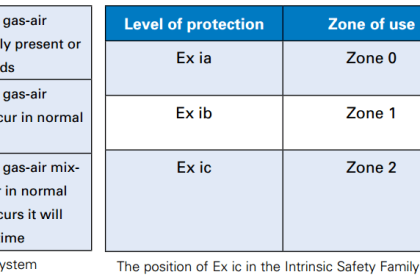


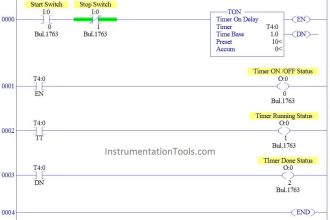
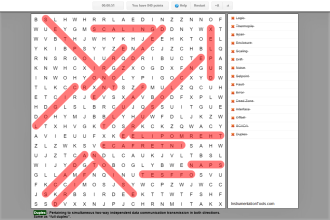
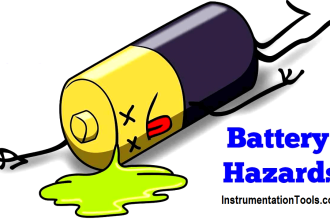
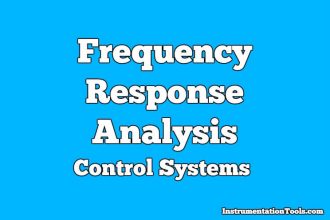

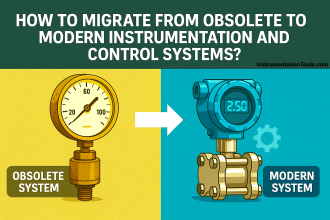
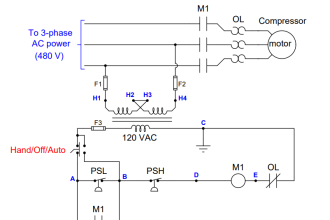

I think 3.8 to 3.6 and 20.5 to 22 are not the correct ranges. NAMUR compliant failed state should be represented by an output below 3.6 or above 21.0. There is different / conflicting info on this topic, and I am going to get a copy of the NE43 to verify this, but I think you should check your values.
Agree with you, but different vendor has different setting value for hardware fault ,anyway the value should be below 3.6 or above 21.0.